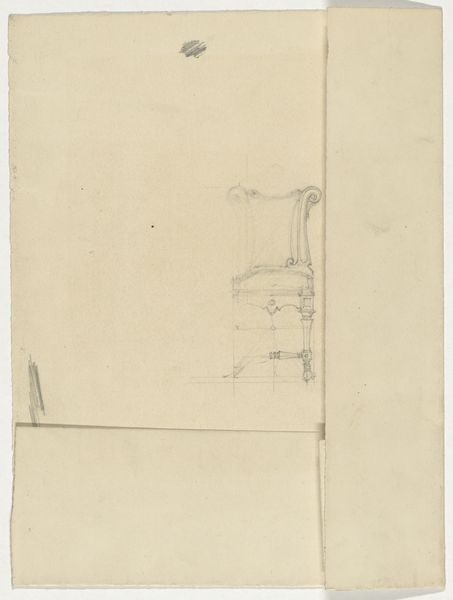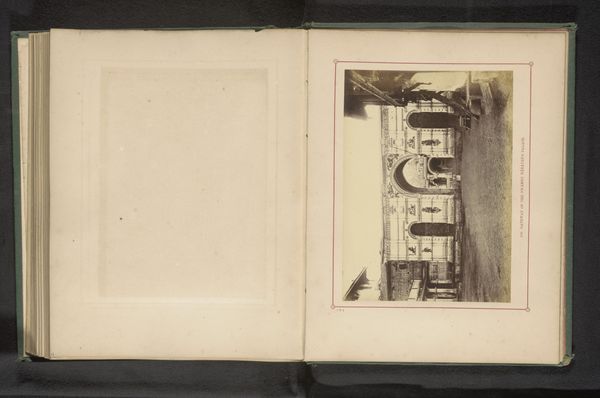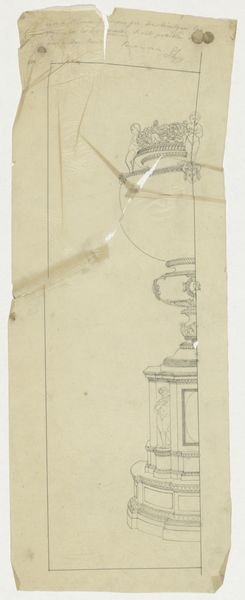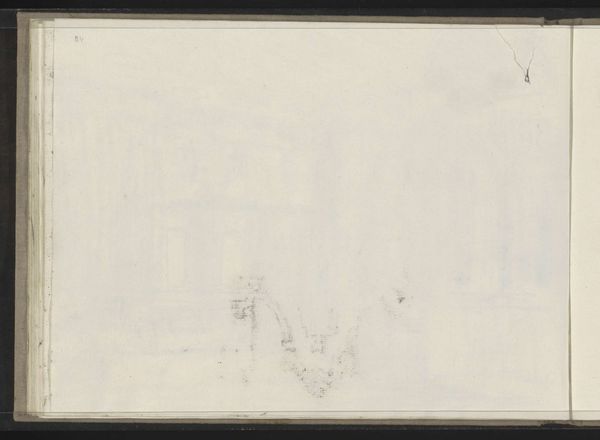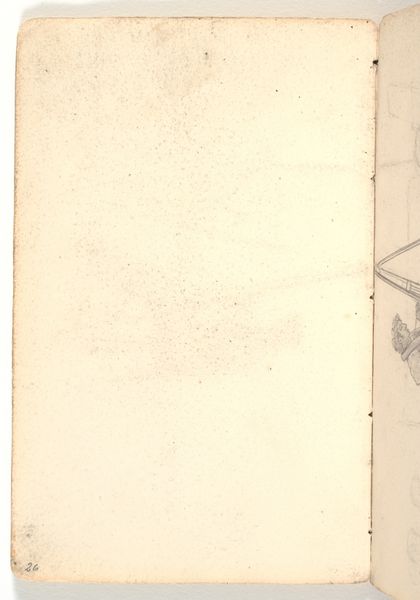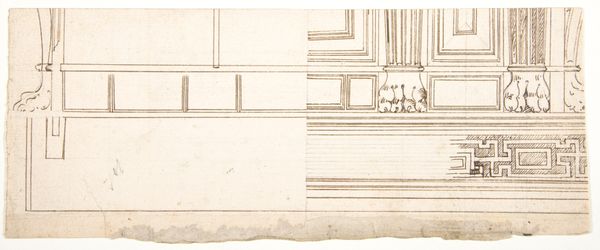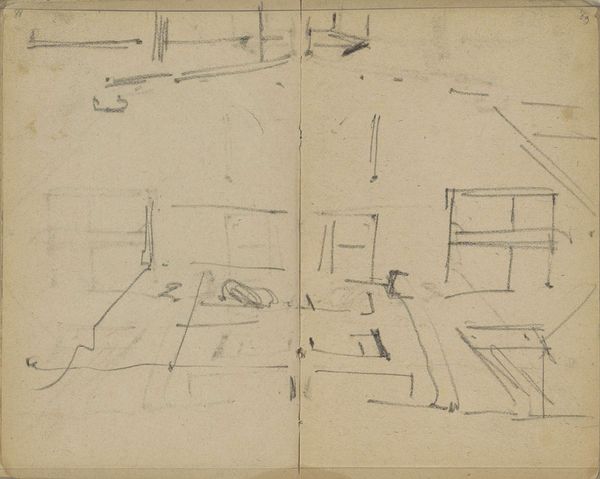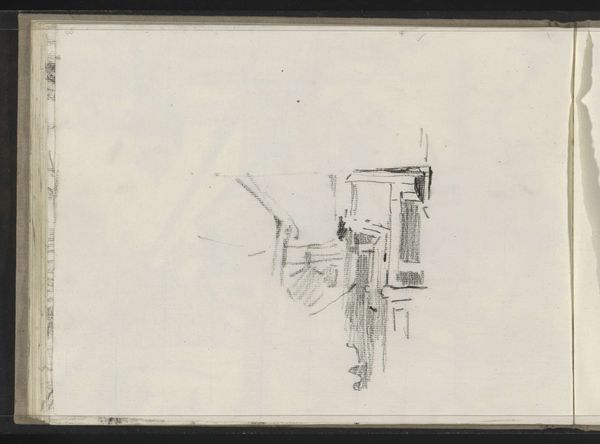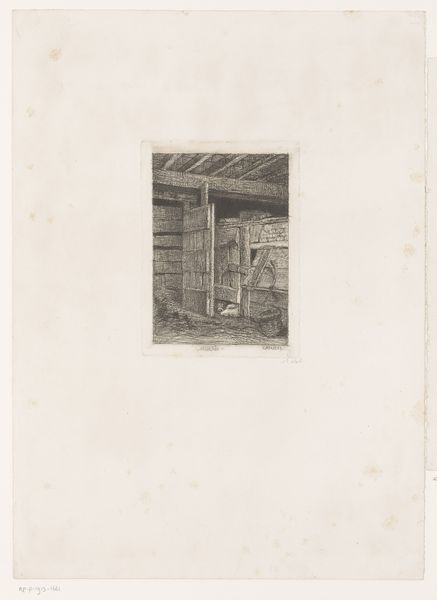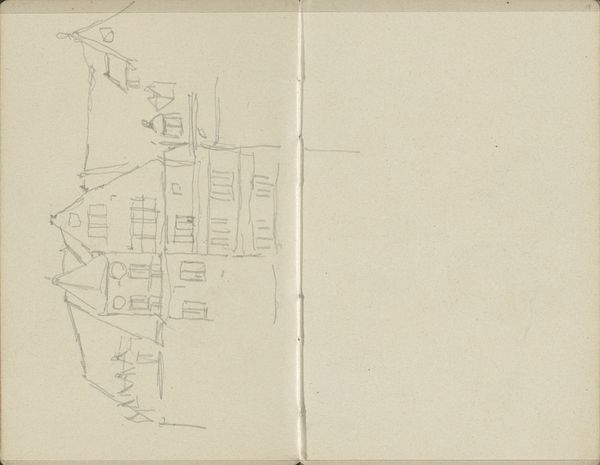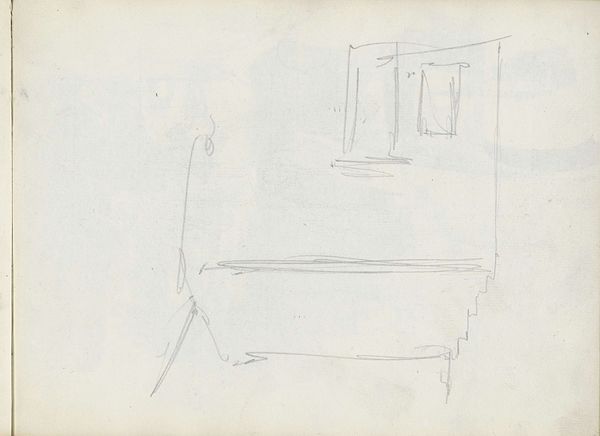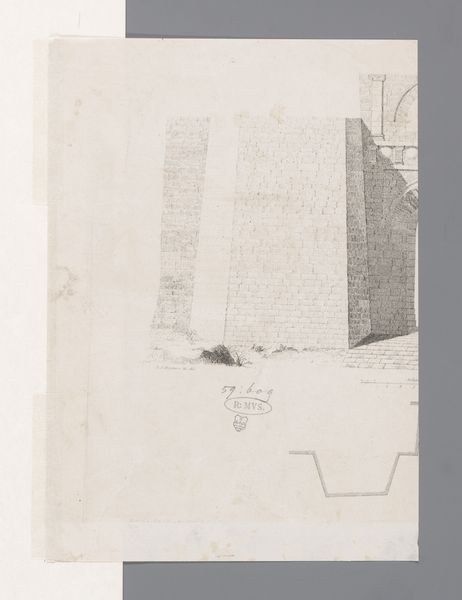
Interiør fra akademiet med malende og tegnende kunstnere 1825 - 1826
0:00
0:00
drawing, paper, ink
#
drawing
#
aged paper
#
toned paper
#
quirky sketch
#
sketch book
#
paper
#
personal sketchbook
#
ink
#
idea generation sketch
#
sketchwork
#
sketchbook drawing
#
genre-painting
#
storyboard and sketchbook work
#
academic-art
#
sketchbook art
#
realism
Dimensions: 182 mm (height) x 115 mm (width) (bladmaal)
Curator: Here we have Martinus Rørbye's "Interior from the Academy with Painting and Drawing Artists," created between 1825 and 1826 using ink and drawing on paper. It's currently housed at the SMK, the National Gallery of Denmark. Editor: My immediate impression is a sense of quietude, despite the bustling activity. The tonal paper lends a hazy quality to the interior scene, like a memory gently fading. Curator: Absolutely. This piece provides a fascinating glimpse into the artistic education system of the time. Notice the layout: the figures are arranged within a formal academic space, emphasizing the institutional nature of artistic training. Consider who has access to spaces like these. Editor: Right. It seems crucial to recognize that institutions of art and higher learning during the early 19th century often reflected very specific class and gender biases, so we should be cautious about romanticizing the academic environment without accounting for its social realities. I wonder how this limited perspective impacts not just access, but the narratives and techniques being canonized at the time. Curator: A vital point. And beyond access, how did this specific pedagogy mold the artistic approaches and even subject matter deemed appropriate for these aspiring artists? There is such a strong code in the image already to what makes proper art. What kind of gatekeeping that can mean for emerging artists and voices! Editor: Precisely. Even the material choice, ink on paper, speaks to a stage in artistic development, this is clearly not a finished product. It could point toward how the art students may not yet be fully actualized creatives and are thus tied to what their academic advisors have instructed as being successful techniques. The academic establishment is clearly a pressure cooker. Curator: An incisive take. Considering Rørbye’s subsequent travels and diverse body of work, analyzing this early piece reveals the foundation upon which he, and so many others, built their careers, sometimes in accordance with, sometimes in opposition to the academic structure. It is also really hard to look away from how he presents these art students—such close observation is intimate in itself. Editor: For me, engaging with art historical artifacts demands critical awareness of not only artistic evolution but institutional constraints. It compels us to question, What other visions existed that were silenced by these structures?
Comments
No comments
Be the first to comment and join the conversation on the ultimate creative platform.
